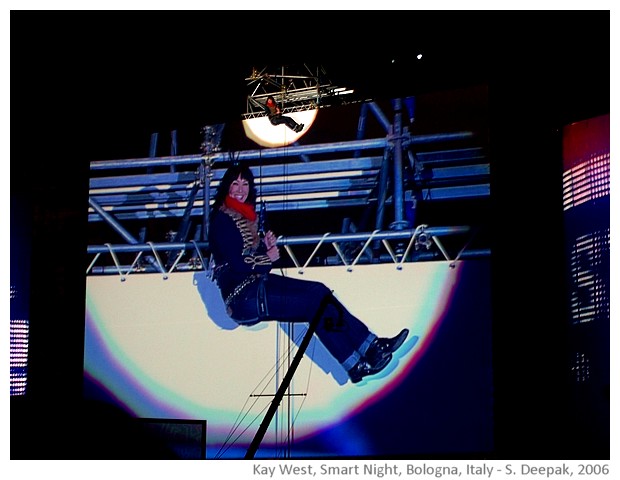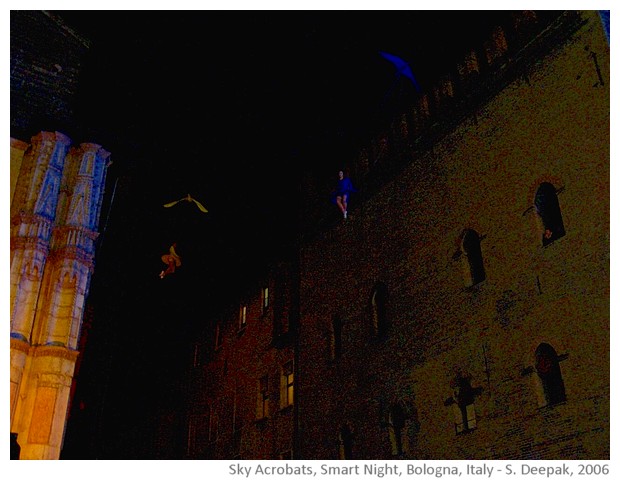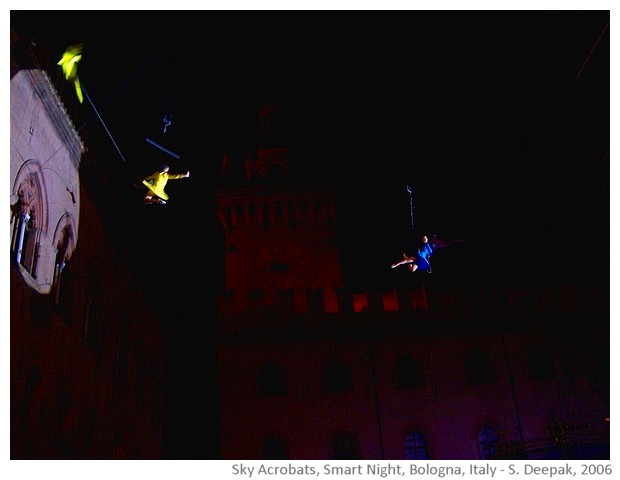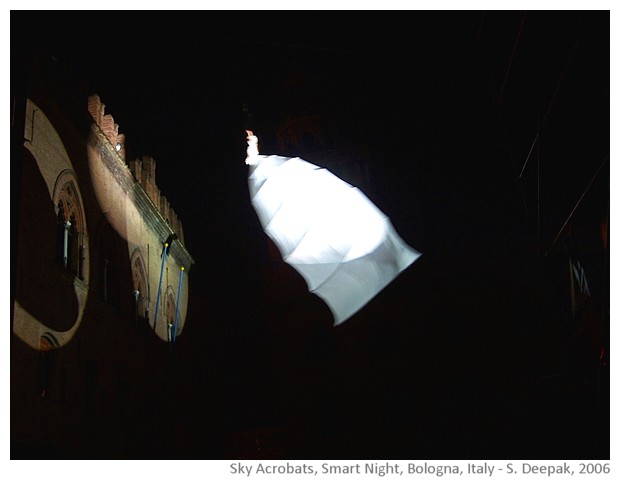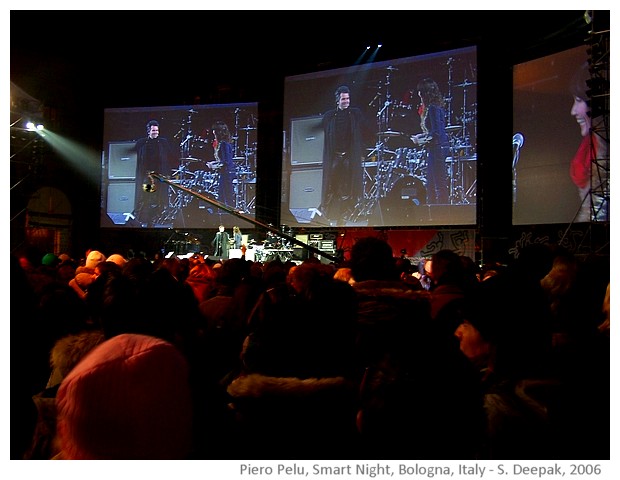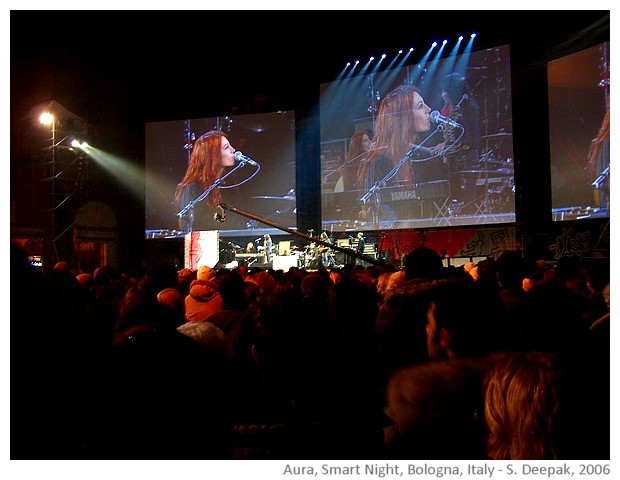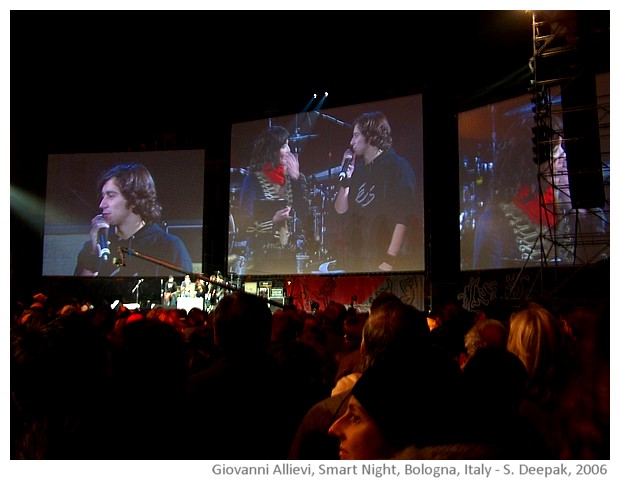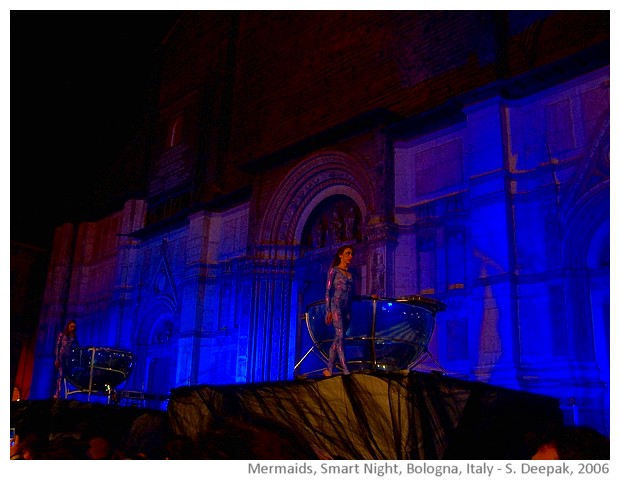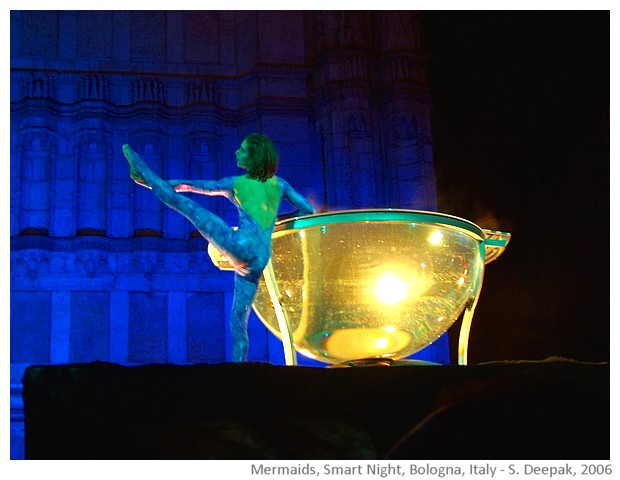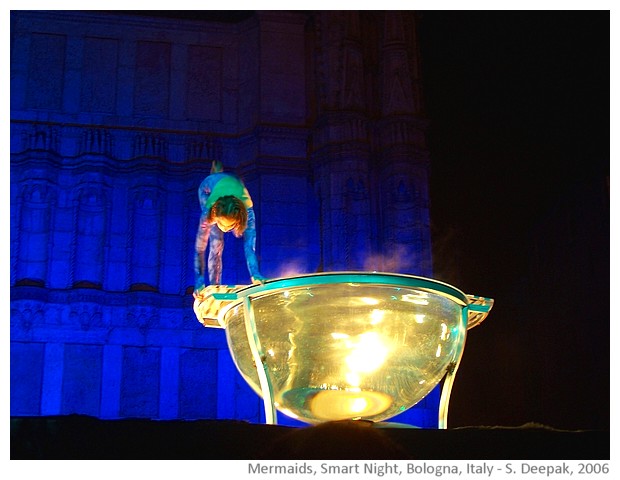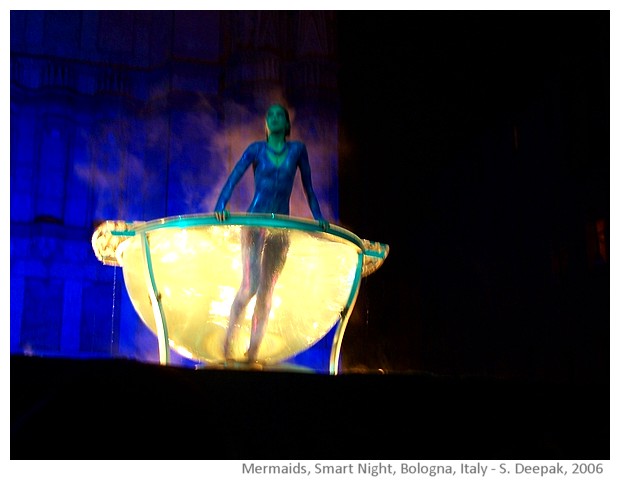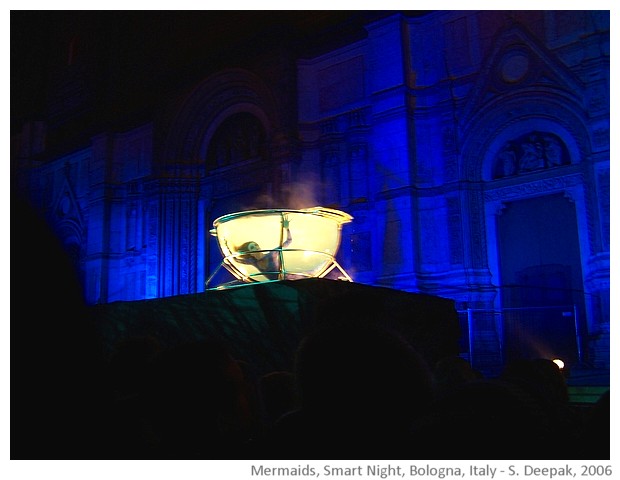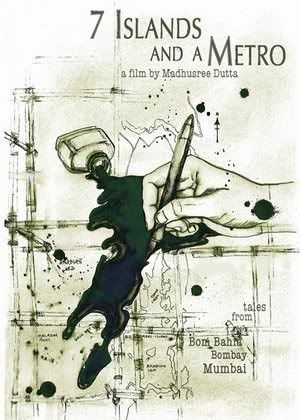The lady smiled at me. She was one of those culturally aware kinds who want to be sensitive to persons of other cultures. "I know you are not a Christian, but at least I can wish you for a happy new year." Meaning, she will not offend me by wishing me "Merry christmas"!
I guess that it is the western way of thinking that likes things to be neatly divided and separated and put into neat labelled boxes. Thus people with different religions and expected behaviours, the politically correct things to say about them, all are stored in those boxes. There is no place for ambiguity or confusion there.
Europe needs to respond and adapt to the multi-cultural societies, legacies of its colonial past, accelerated by growing globalisation and hordes of desperates who flee from underdeveloped world in makeshift boats to land on Spanish or Italian coasts, or crossing in from Eastern Europe. The European society, even with some differences between the Roman Catholics and the different protestant chruches, had long been uniform culturally, leaving aside some minorities. It is still groping for answers about how to deal with multiculturism imposed on it by the emigrants.
And so, for not offending the non Christians, some say, no more public lighting and displays for Christmas. Others like the lady above, feel that respecting other religions means not mentioning anything about your own religion to others.
Co-habitation between religions in India
I was thinking about the contrast of such thinking from my own growing up experience in India. For Gurupurab, I knew that the prabhat-feri passed very early in the morning, so I would wake up early to get my dose of kacchi lassi from the truck that came down from the Gurudwara, temple of the Sikhs.
Coming out from a Hindu temple, we did not ask people if they were Hindu, Muslim or Sikh before offering them a bit of prasad.
When Irene, our neighbour came with the plate of sweet seewiyan for Idd, we were taught to say, "Idd mubarak".
In the morning, when I saw Sajid bhai I would say Salaam Valekum and he would answer with a namastey. For the midnight mass of Christmas, more than once I went to the Cathedral near Gol Dakhana in Delhi and when everyone else around made the sign of cross, I also did. It was just another way of ringing the temple bell.
Religious ambiguity, the smudged confines between different religions, is part of Indian identity. By venturing in the other religions, by embracing them, by celebrating them you didn't loose your own identity.
Western preoccupation with neat separate categories
Perhaps that is part of Indian system of logic, I am asking myself. We have a particular way of thinking that does not seek the clean separate boxes with neat labels, so dear to the western thinking?
Sometime ago, I was reading a book that talked about a census carried out under British in early 1900s. During the census, a huge number of persons in Punjab had declared themselves to be Hindu-Sikhs. No, you can't be a Hindu-Sikh, you have to be either Hindu or Sikh, choose one, they were told. It laid the grounds for creating divisions among Hindus and Sikhs in Punjab, the book claimed.
Perhaps, the British did have a clear strategy for dividing and ruling India or perhaps this was just a by-product of western way of thinking that does not accept ambiguity that we seem to embrace?
In a world that is dominated by great conflicts between the three monotheistic religions Christians, Jews and Muslims, I sense that we are moving towards polarisations. Everyone seems closed in their own boundaries with common spaces bounded by rules that they call "tollerance and respect for all religions". To me, it seems a way of saying, I believe that I am superior, my religion is better, but I will not waste my time in telling you about it, so just lets not talk about it.
The way forward
This polarised way of thinking is seeping in India as well, by well meaning persons. Unfortunately.
But I think that there are lot of merits in our Indian way of reasoning, that does not call for "tollerance and respect", it calls for "embracing and acceptance" of the other.
We don't need to stop public displays of joy at Christmas, we need to extend it to other religions, so that we can celebrate festivals of others, like we celebrate our own.
May be western way of logical, rational thought, that prefers clean unambiguous answers is good for somethings like science and information technology, while our own Indian confused, inclusive, ambiguous way is better for other things, especially about religions and about living together!
***
I guess that it is the western way of thinking that likes things to be neatly divided and separated and put into neat labelled boxes. Thus people with different religions and expected behaviours, the politically correct things to say about them, all are stored in those boxes. There is no place for ambiguity or confusion there.
Europe needs to respond and adapt to the multi-cultural societies, legacies of its colonial past, accelerated by growing globalisation and hordes of desperates who flee from underdeveloped world in makeshift boats to land on Spanish or Italian coasts, or crossing in from Eastern Europe. The European society, even with some differences between the Roman Catholics and the different protestant chruches, had long been uniform culturally, leaving aside some minorities. It is still groping for answers about how to deal with multiculturism imposed on it by the emigrants.
And so, for not offending the non Christians, some say, no more public lighting and displays for Christmas. Others like the lady above, feel that respecting other religions means not mentioning anything about your own religion to others.
Co-habitation between religions in India
I was thinking about the contrast of such thinking from my own growing up experience in India. For Gurupurab, I knew that the prabhat-feri passed very early in the morning, so I would wake up early to get my dose of kacchi lassi from the truck that came down from the Gurudwara, temple of the Sikhs.
Coming out from a Hindu temple, we did not ask people if they were Hindu, Muslim or Sikh before offering them a bit of prasad.
When Irene, our neighbour came with the plate of sweet seewiyan for Idd, we were taught to say, "Idd mubarak".
In the morning, when I saw Sajid bhai I would say Salaam Valekum and he would answer with a namastey. For the midnight mass of Christmas, more than once I went to the Cathedral near Gol Dakhana in Delhi and when everyone else around made the sign of cross, I also did. It was just another way of ringing the temple bell.
Religious ambiguity, the smudged confines between different religions, is part of Indian identity. By venturing in the other religions, by embracing them, by celebrating them you didn't loose your own identity.
Western preoccupation with neat separate categories
Perhaps that is part of Indian system of logic, I am asking myself. We have a particular way of thinking that does not seek the clean separate boxes with neat labels, so dear to the western thinking?
Sometime ago, I was reading a book that talked about a census carried out under British in early 1900s. During the census, a huge number of persons in Punjab had declared themselves to be Hindu-Sikhs. No, you can't be a Hindu-Sikh, you have to be either Hindu or Sikh, choose one, they were told. It laid the grounds for creating divisions among Hindus and Sikhs in Punjab, the book claimed.
Perhaps, the British did have a clear strategy for dividing and ruling India or perhaps this was just a by-product of western way of thinking that does not accept ambiguity that we seem to embrace?
In a world that is dominated by great conflicts between the three monotheistic religions Christians, Jews and Muslims, I sense that we are moving towards polarisations. Everyone seems closed in their own boundaries with common spaces bounded by rules that they call "tollerance and respect for all religions". To me, it seems a way of saying, I believe that I am superior, my religion is better, but I will not waste my time in telling you about it, so just lets not talk about it.
The way forward
This polarised way of thinking is seeping in India as well, by well meaning persons. Unfortunately.
But I think that there are lot of merits in our Indian way of reasoning, that does not call for "tollerance and respect", it calls for "embracing and acceptance" of the other.
We don't need to stop public displays of joy at Christmas, we need to extend it to other religions, so that we can celebrate festivals of others, like we celebrate our own.
May be western way of logical, rational thought, that prefers clean unambiguous answers is good for somethings like science and information technology, while our own Indian confused, inclusive, ambiguous way is better for other things, especially about religions and about living together!
***

